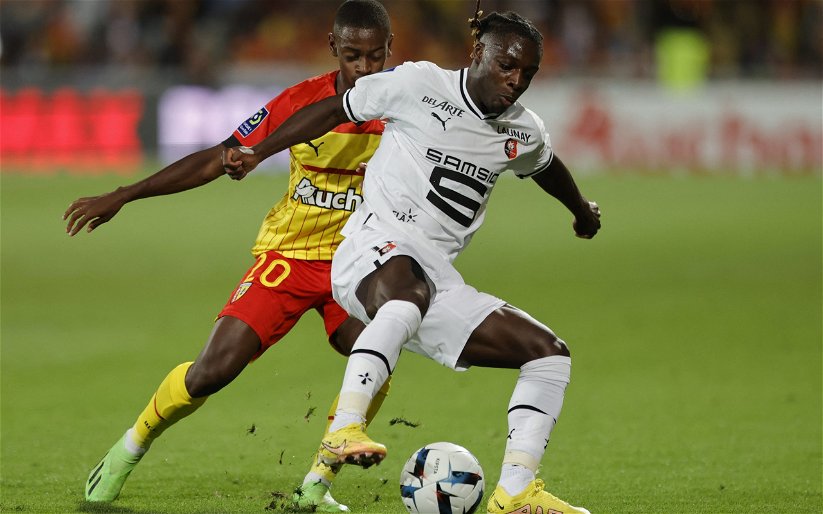 Barcelona have been widely considered as the best team in the world for a number of years now. Winning trophies has been complemented by their unique attacking style of play, which was taught at La Masia (the fabled youth team house where Barcelona students were tutored) for decades. Over the years, Barcelona have usually employed two formations in a flexible manner, regardless of opposition: the base of a 4-3-3 or 3-4-3, with slight tactical variations but always using the principles of Johan Cruyff’s Total Football philosophy.
Barcelona have been widely considered as the best team in the world for a number of years now. Winning trophies has been complemented by their unique attacking style of play, which was taught at La Masia (the fabled youth team house where Barcelona students were tutored) for decades. Over the years, Barcelona have usually employed two formations in a flexible manner, regardless of opposition: the base of a 4-3-3 or 3-4-3, with slight tactical variations but always using the principles of Johan Cruyff’s Total Football philosophy.
As opposition teams have tried to work out ways in which to stop all the attacking talents which the Catalan giants possess, they themselves have needed to adapt, conscious that they must evolve to stay one step ahead of the many defensive tactics now employed to halt their success. The most recent evolution is to line-up without playing a recognised out-and-out striker in a traditional number-9 role, which is leading many to ask: is this the formation of the future?
It sounds ridiculous, on the face of it, to suggest a team plays attacking football without playing any strikers, but that would be to look at formations with a narrow view, not seeing the wider picture. After all, it is not actual formations which are defensive or attacking, but rather the way they are interpreted and deployed by coaches. It is true to say Barcelona now play without use of a traditional striker, but to simply imply that Barcelona now play without an out-and-out goalscorer is not true; they have a very successful one in David Villa, and before him Samuel Eto’o. But in this ‘new’ formation he doesn’t occupy the traditional out-and-out strikers role as we know it, starting wide usually on the left hand side. Another player occupies the same role on the opposite side – which has usually been Pedro, which leaves the area where the traditional number-9 in the central area free – or does it?
Lionel Messi, the world’s best player and Barcelona’s number-10 now lines up in the central area where a traditional striker would usually occupy, however in this new formation, once the game begins he often vacates that space by dropping deep – he becomes a ‘false-9’. From this position he is liberated, free from the shackles of having to remain up-front, and in doing so, becoming easier to mark by the centre-back. As he drops deep finding space, he gives the opposition a conundrum; do the centre-backs step out to mark him, and in doing so leave space in behind for the wide forwards to run into diagonally? Or does a central-midfielder pick him up, thus risking being outnumbered in the traditional midfield areas? The positions Messi now takes up compliment his abilities perfectly and gets the best out of his attacking attributes. From this position he has more space to turn, pick a pass, or run and dribble at the opposition, able to both create and score, the fulcrum of the attack – a traditional number-10 role for a modern day fantasista…in the guise of a false-9.





Lets bid £150m for messi..